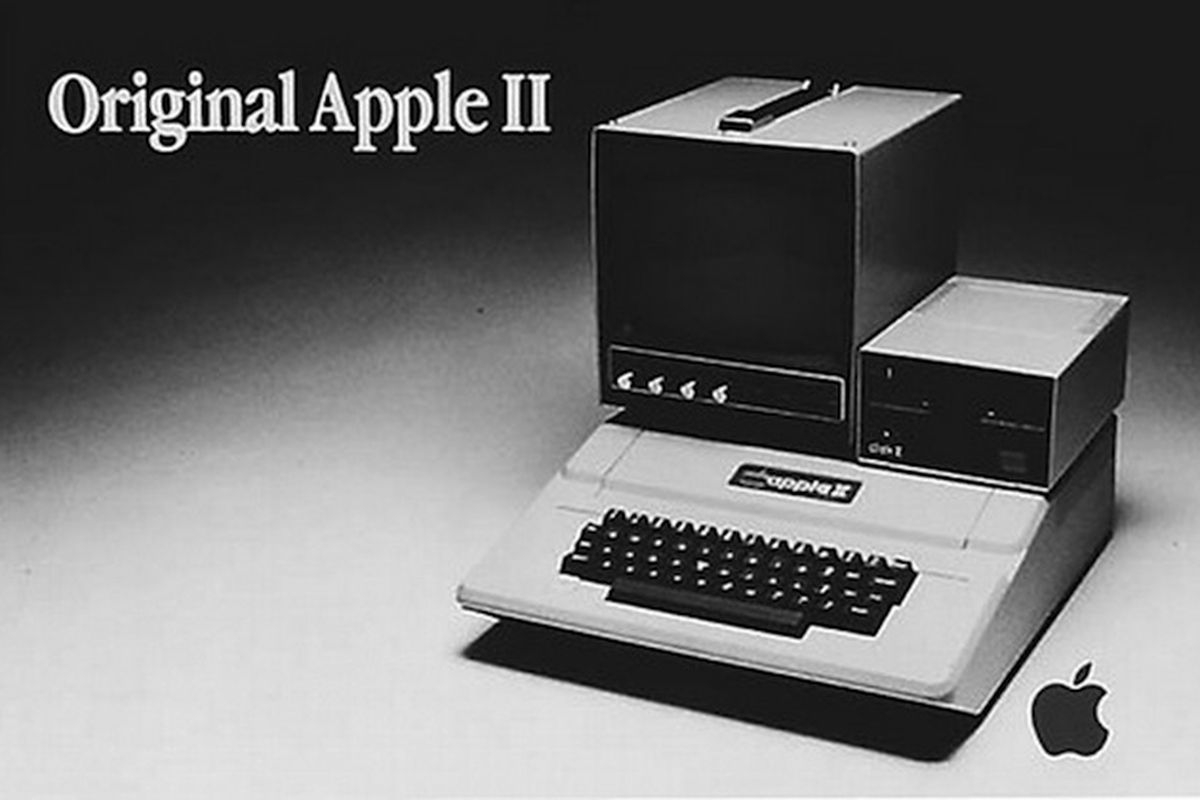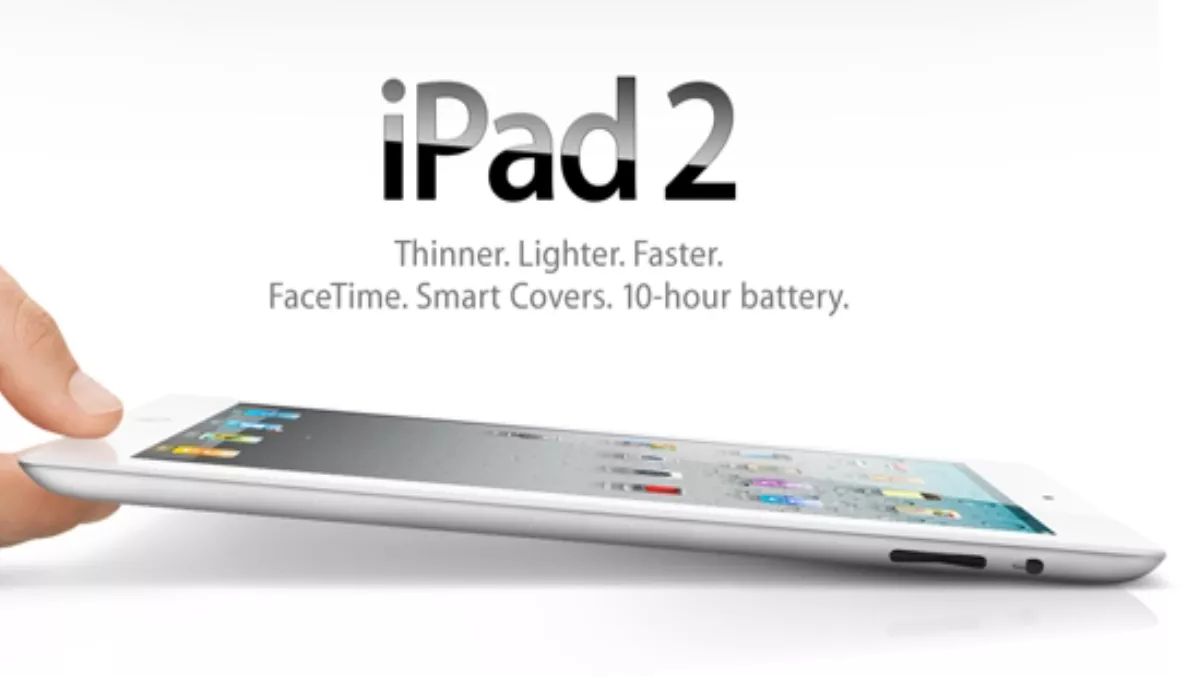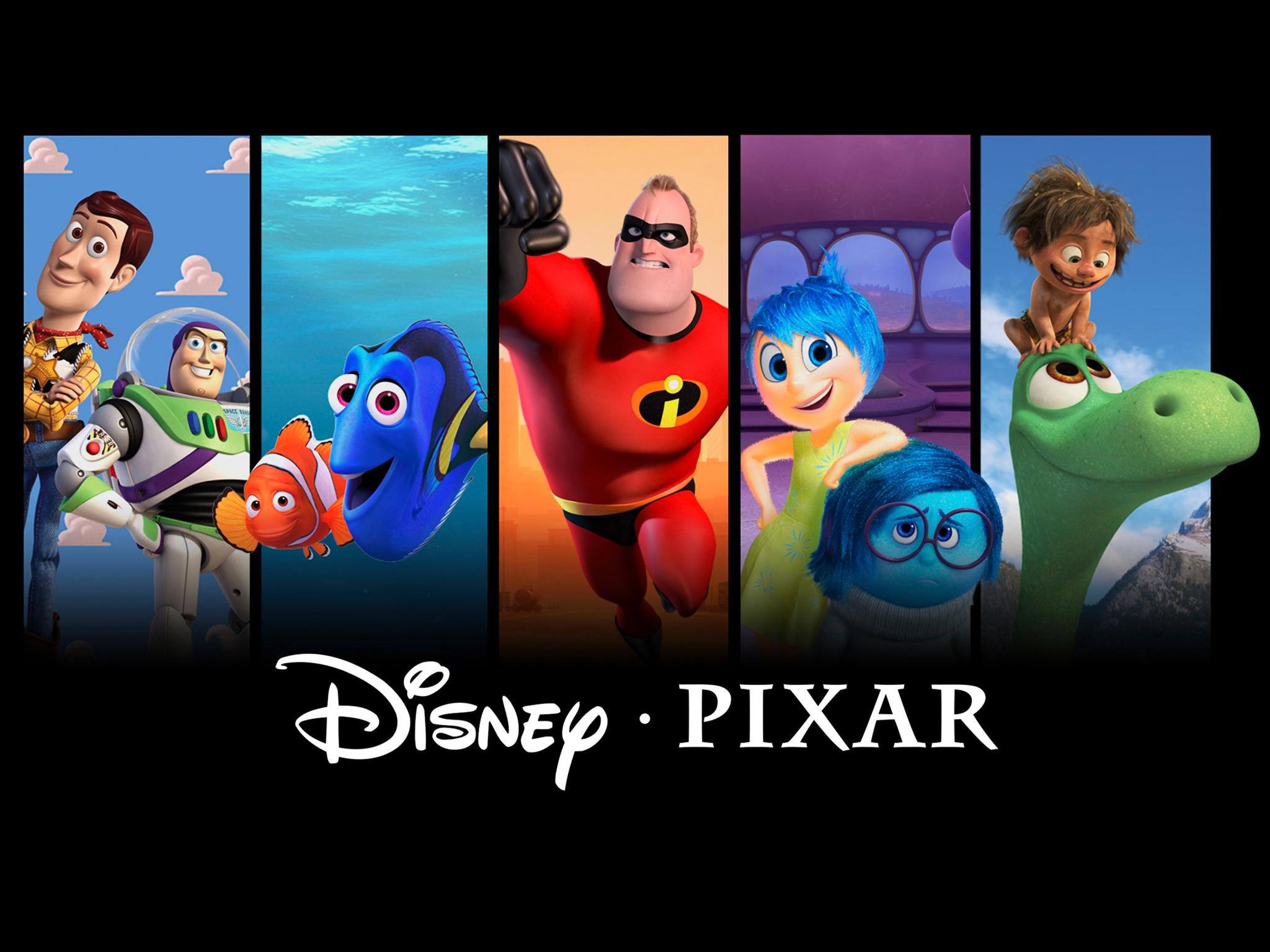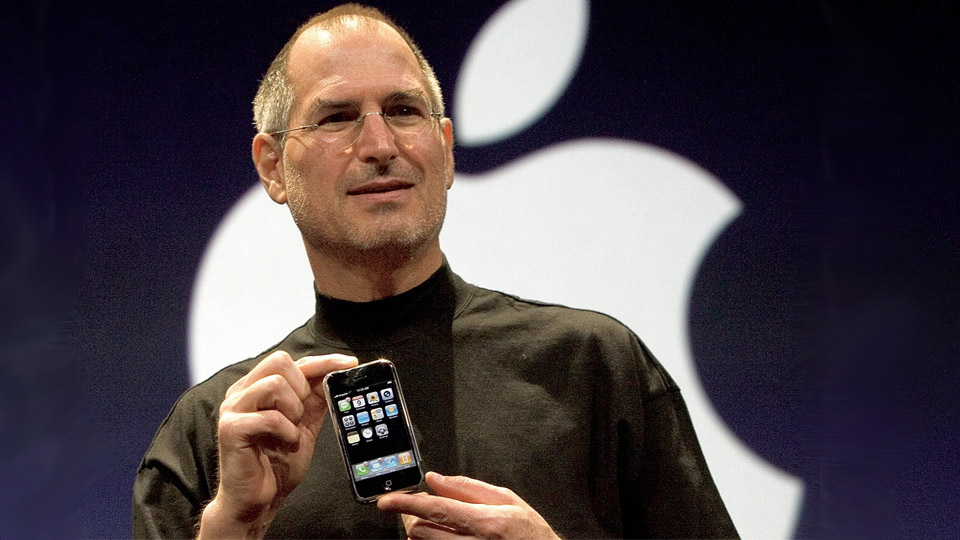10 facts you (probably) didn’t know about Steve Jobs
Every Apple fan knows who Steve Jobs was, but how much do you know about the Apple founder?

Game changer, maverick, creative genius. Steve Jobs was a technological pioneer that led a fascinating, and ultimately too short life, that fundamentally changed how we communicate and, even more broadly, live our lives.
While many of his achievements are both well known and well documented, the Apple founder had a hand in so many different businesses and technological advances that it can be easy to overlook biographical facts that would otherwise define lesser characters.
Here below, we list 10 little-known details about Jobs’ extraordinary life. How many did you know?
1. His first commercial venture was a hacking device
“It's more fun to be a pirate than to join the navy.”
This oft-quoted Jobs maxim was used as a motivating rallying cry to Apple employees while developing the first Mac in 1982. However, its anti-establishment outlook can easily be traced back to Job’s very first business endeavor over a decade earlier.
Inspired by an Esquire magazine article about hackers who had created a "blue box" — a device that could replicate tones used by telephone companies and allow users to make long-distance calls for free — Job’s pal and future Apple co-founder Steve Wozniak set about creating his own digital version of the device. At the time, Wozniak was attending UC Berkeley, and Jobs was still in high school nearby in Los Altos.
After using the gadget to prank call cardinals at the Vatican by impersonating Henry Kissinger, Jobs realized there was money to be made and hatched a plan to sell them and split the profits with Wozniak.
The $170 device was peddled by the pair around college dorms and proved popular with students eager to make free phone calls. After selling dozens of the devices, the illicit money-spinning venture eventually came to an abrupt end when the inexperienced entrepreneurs were robbed at gunpoint while making a sale outside a pizza parlor.
iMore offers spot-on advice and guidance from our team of experts, with decades of Apple device experience to lean on. Learn more with iMore!
2. He played a key role in early gaming history

For someone who once stated that his hatred for video games was only topped by that of comic books, Jobs somehow managed to exert a huge influence on this industry during his lifetime.
Upon dropping out of Reed College, Jobs became employee number 40 at the then rising Atari as a technician in 1974, hired by the company’s legendary co-founder Nolan Bushnell. That first stint with the pioneering company lasted just a few months, with Jobs quitting to travel to India, but he would later return to the company the following year to work on a special project: an updated, one-player version of Atari’s massively successful table tennis simulator Pong.
Tasked with designing a prototype, with a bonus for every chip he managed to eliminate from the initial arcade machine concept, Jobs sub-contracted much of the design work to his gifted pal Wozniak, infamously cutting his friend out of a cash windfall after successfully delivering a working breadboard to Bushnell.
The eventual finished product was the hugely influential block-smasher Breakout, which would go on to serve as the main inspiration for Taito’s Space Invaders, a game that would usher in the golden era of the arcade.
3. He nearly allowed the Apple II to be a Commodore product

It was the machine that put Apple on the map. Aimed at a consumer market rather than hobbyists, the Apple II became one of the world's first highly successful mass-produced microcomputers following its release in 1977. The first device to feature the now familiar multi-colored fruit logo, the pioneering computer could have arrived under different branding.
With a provisional design for the Apple II almost complete that included revolutionary color graphics and a kitchen appliance-style plastic case, Jobs knew for the machine to become a reality, his and Wozniak’s nascent company would need a substantial cash injection as well as some added expertise in public relations and advertising. And so the word was put out to potential investors.
Then one of the world’s leading calculator manufacturers, Commodore was at one point a potential suitor and came close to striking a deal but would back out, instead building its own computer after balking at Jobs and Wozniak's valuation of Apple at $100,000. Commodore would go on to release its own range of hugely successful home computers such as the PET, the C64, and the Amiga.
4. Jobs’ coding skills were minimal
Despite being arguably one of the most pivotal figures in the world of computing, Jobs appears to have had little in the way of programming skills.
There’s evidence he had a grasp of BASIC, but little to suggest that rudimental ability was ever called upon at Apple.
Responding to a question from a fan on the subject on his personal website, Wozniak once revealed: “Steve didn't ever code. He wasn't an engineer and he didn't do any original design, but he was technical enough to alter and change and add to other designs”.
5. For Jobs, three was the magic number

From the French revolution motto of "liberty, equality, and fraternity" to the 'Snap, Crackle, Pop' zinger from Kellogg's copywriters in the 1930s, the power of breaking things down into three points has long been established in communications.
The principle works on the well-established idea that we are limited to holding only a small amount of information in the short term. Jobs was a strict adherent to that rule throughout his career, with some of his most impactful slogans and persuasive phrases deployed during his keynotes serving as great examples.
The iconic iPhone launch in 2007 saw Jobs prime the audience by repeatedly saying how he was about to unveil a trio of revolutionary products — a new iPod, a phone, and an internet communications device — before finally revealing a revolutionary single device able to handle all three tasks.
Three years later for the iPad launch keynote, Jobs would use a slide to emphasize how the new product should be perceived as a "third device" between a smartphone and a laptop.
The iPad 2 launch in 2011 would prove to be one of his final keynotes, and would once again provide another example of his adherence to the rule of threes. Highlighting the key improvements over its predecessor, Jobs introduced the iPad 2 as being "thinner, lighter and faster" than the original. The use of three adjectives would be used verbatim in almost all blog and newspaper coverage of the launch.
6. What was on Steve Jobs’ iPod?
From GarageBand, to the iPod and the iTunes Store, Steve Jobs and Apple totally reinvented how artists make, market, sell, and promote their music.
It’s hard to imagine how a tech company CEO could have had such a wide-reaching impact on the industry had it not been because he was such a big music fan himself.
During his keynote address on Sept. 1, 2010, Jobs inadvertently offered a glimpse at his favorite albums while demonstrating Apple's now defunct, music-oriented social network iTunes Ping.
Appearing on the screen were thumbnail covers of classic rock standards such as Bob Dylan’s Highway 61 Revisited, The Rolling Stones’ Some Girls, The Grateful Dead’s American Beauty, Jackson Browne’s Late For the Sky, The Who’s Who’s Next, and John Lennon’s solo opus Imagine.
There was also a strong showing for folk music, with Cat Stevens’ Tea For the Tillerman and Peter, Paul and Mary’s Around the Campfire appearing alongside Glenn Gould’s Bach: The Goldberg Variations and jazz legend Miles Davis’s Kind of Blue.
7. It was Pixar that made Jobs a billionaire, not Apple

Alongside helping to shape the music industry into what we recognize today, Jobs also revolutionized Hollywood and the world of animation.
After leaving Apple for the first time in 1985, Jobs bought then-struggling digital animation hardware Graphics Group from Star Wars director George Lucas. He invested $5 million of his own money into the company and renamed it Pixar. Jobs then switched the emphasis away from computer manufacturing to producing computer-animated feature films.
The big breakthrough for the company would come in 1995 with Toy Story, which went on to gross more than $350 million worldwide, and would later be followed by other box office smashes like A Bug's Life, Finding Nemo, and Monsters Inc. Chances are you've seen a Pixar movie in your lifetime.
Jobs would become a billionaire for the first time when the company went public in 1995. He would receive an even bigger windfall after selling Pixar to the Walt Disney Company in 2006 for over $7 billion, a deal that saw him become Disney's largest individual shareholder with a 7% stake.
8.The demo iPhone he used during its launch keynote was a dud

The iconic launch event for the first iPhone back in January 2007 at the Moscone Center in San Francisco is widely held up as one of the best demos in tech history.
While Jobs drew gasps and laughter during the entertaining unveiling, the smooth keynote address becomes even more impressive when factoring in that the demo unit Jobs used on stage barely worked. As well as being incredibly fragile, rehearsals in the lead-up to the event saw the demo device crash multiple times.
The prototype used by Jobs onstage had a “golden path” he could follow to show off the device’s revolutionary apps, but had he taken one wrong step, it could have led to the keynote being one of the most notoriously disastrous launches in tech history rather than being arguably the industry’s most memorable.
9. He was an early critic of Facebook and Google’s attitude to privacy
While Mark Zuckerberg referred to Jobs as both a friend and mentor in a tribute Facebook post following his death in 2011, it was clear that the Apple CEO that had inspired him so much was no fan of the way the social media company was using user data.
During a roundtable discussion with tech writers Walt Mossberg and Kara Swisher at the D8 Conference in June 2010, Jobs admonished both Facebook and Google for not making it clear how users’ personal information was being harvested when using their services.
“Privacy means that people know what they’re signing up for. In plain English, and repeatedly," Jobs told the panel.
“That’s what it means. I’m an optimist, I believe that people are smart. Some people want to share more than others. Ask them. Ask them every time. Make them tell you to stop asking them if they get tired of your asking them. Let them know precisely what you’re going to do with their data."
10. 'The Mothership' was Jobs’ final 'big vision'

Rumors abound that Jobs had been working on a self-driving Apple car and a smart television with Apple TV-style functionality built-in before his death.
What is certain is that the final big project that he worked on for Apple that would see the light of day and leave a lasting legacy would be the company’s sprawling Apple Park.
Able to house over 14,000 employees in a site spanning 2.8 million square feet, Jobs was instrumental in designing the dream campus alongside his great collaborator Jony Ive and British architect Norman Foster.
In his last public appearance, just weeks before his death, Jobs proudly showed off plans for the space-age complex to the Cupertino City Council. On Sept. 12, 2017, six years after his death, Apple opened its new home, realizing the company founder's final attempt to build something great and keeping Apple within Cupertino — a short 10-minute drive from the garage in Mountain View where he had cofounded the company decades earlier with Wozniak.
Too many facts to include
We're obviously big fans of Steve Jobs here at iMore, but there are too many facts about the man's life to even include here. He lived a full life despite his early death, and it was filled with fascinating anecdotes about business, relationships, and technology. If there are any you think we missed, share them with us on Twitter @iMore.

Kevin Lynch is a London-born, Dublin-based writer and journalist.
He started out as a music writer in the late 1990s, before moving to the Daily Mirror to become the newspaper’s technology editor, during which time he wrote a weekly column that saw him chart the boom of consumer tech and gaming as well as the resurrection and rise of Apple Inc.
He has also served as editor of GuinnessWorldRecords.com and has been a member of the judging panel for the BAFTA British Academy Video Game Awards.
